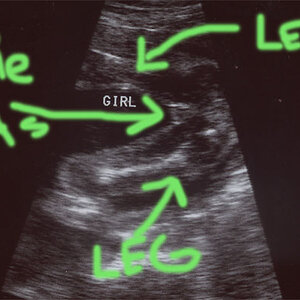iflynething
TPF Noob!
- Joined
- Oct 26, 2006
- Messages
- 1,346
- Reaction score
- 0
- Location
- South Carolina USA
- Can others edit my Photos
- Photos OK to edit
I keep continuing to think about this:
1) If glass is transparent, how can one lens be sharper than another. I understand if it has nano coating, or ED glass, but how does it change, glass is just glass unless it's in a lens. Is it similar to comparing museum glass to just glass in a frame? I guess the 18-200 is the wal mart frame glass and a 300 f/2.8 is the museum glass?
2) When changing the aperture, how in the world does it make a lens sharper. Technically, and ONLY technically speaking and how I see it: Hold your hand up and make a circle with your index finger touching your thumb.....did you do it?
Ok now look right through it and start to close that hole? The only thing that changes is the amount that you can see in front of your hand. Applying this to a lens, if you are closing an opening (the aperture), how and why does this change lens sharpness.
I'm sure some other questions might pop up, but this is all I can think of at the moment.
~Michael~
1) If glass is transparent, how can one lens be sharper than another. I understand if it has nano coating, or ED glass, but how does it change, glass is just glass unless it's in a lens. Is it similar to comparing museum glass to just glass in a frame? I guess the 18-200 is the wal mart frame glass and a 300 f/2.8 is the museum glass?
2) When changing the aperture, how in the world does it make a lens sharper. Technically, and ONLY technically speaking and how I see it: Hold your hand up and make a circle with your index finger touching your thumb.....did you do it?
Ok now look right through it and start to close that hole? The only thing that changes is the amount that you can see in front of your hand. Applying this to a lens, if you are closing an opening (the aperture), how and why does this change lens sharpness.
I'm sure some other questions might pop up, but this is all I can think of at the moment.
~Michael~










![[No title]](/data/xfmg/thumbnail/36/36966-71220579619c9a335442302fce0e57aa.jpg?1619737842)

